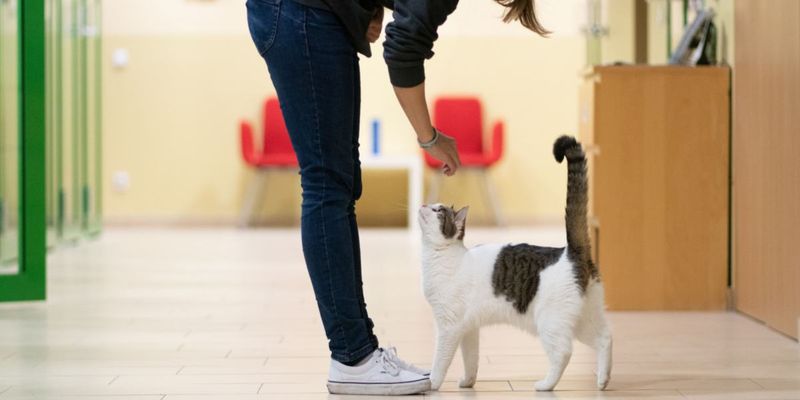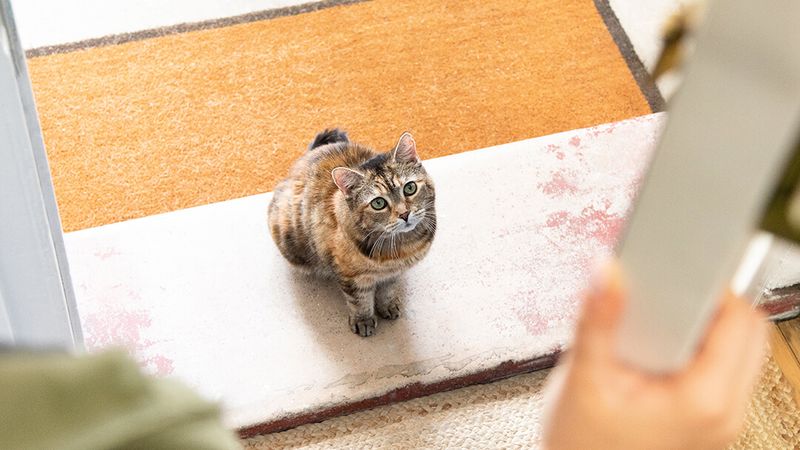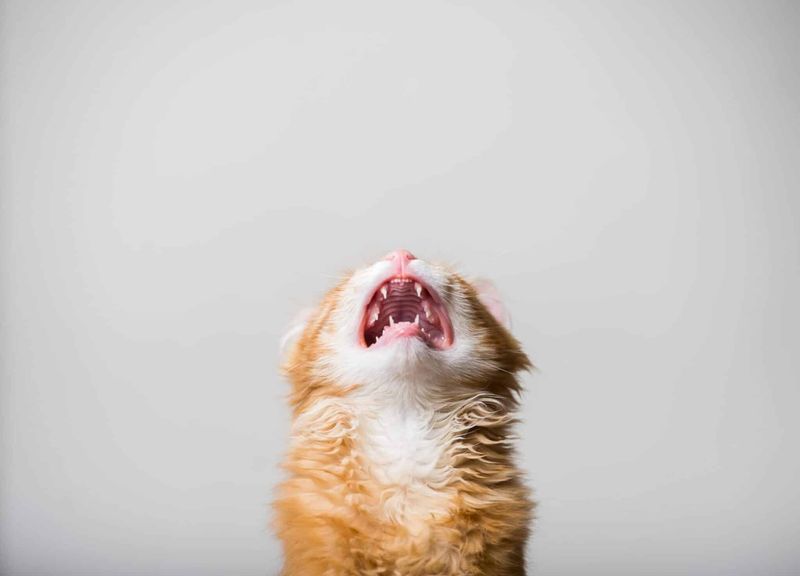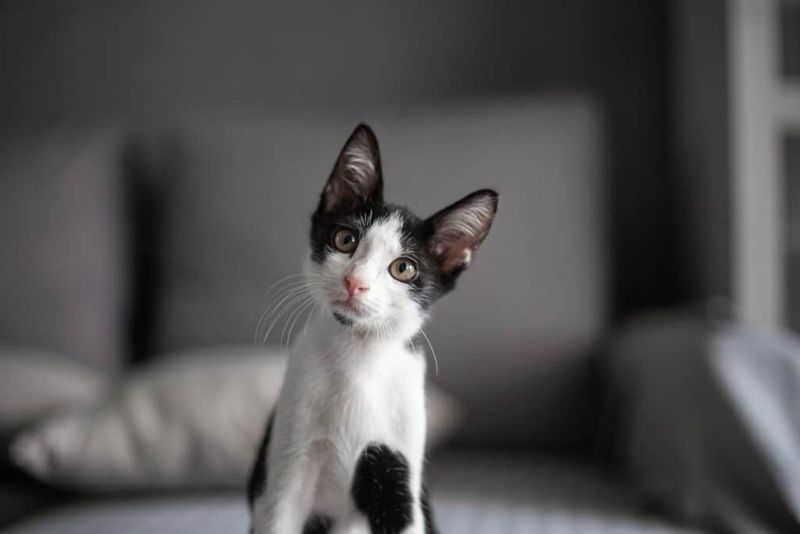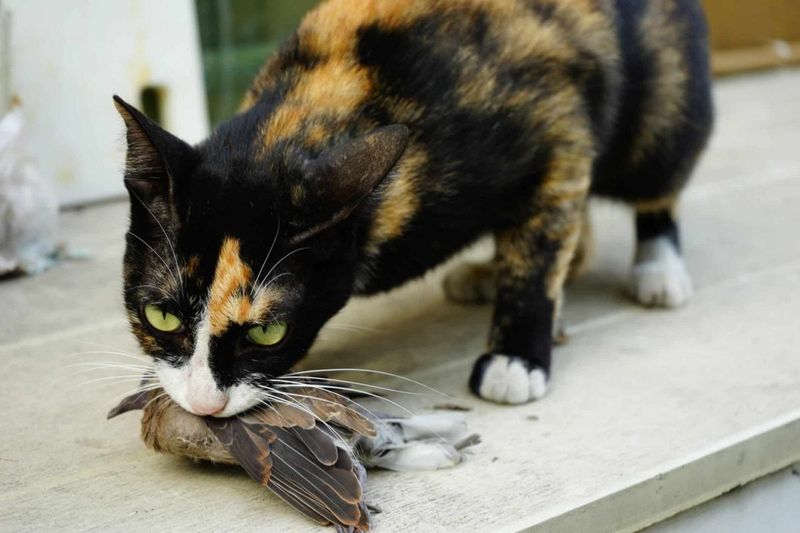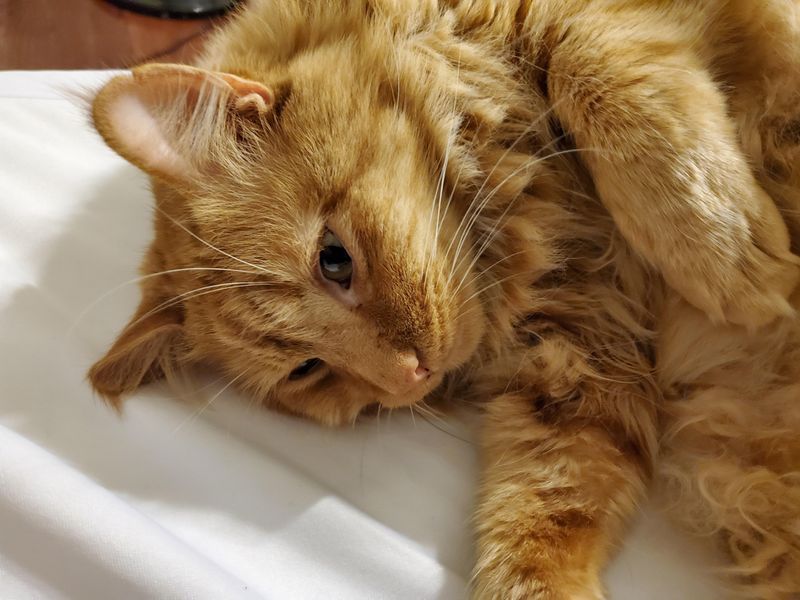📖 Table of Content:
Cats are often seen as independent creatures, but this reputation can be misleading. While they may not express themselves in the same way as dogs, felines form strong attachments to their human companions. Their love is shown through subtle gestures rather than overt displays of affection.
When a cat dislikes being left alone, it may not bark or whine, but it will communicate its feelings in more understated ways. From sitting by the door to following their owners around the house, these behaviors are clues that reveal a cat’s emotional state. Their body language, such as a gentle nudge or a long stare, can also express a desire for companionship.
By paying attention to these quiet signals, it becomes easier to understand a cat’s emotional needs. Strengthening this bond through awareness can lead to a deeper, more fulfilling relationship. Cats may be independent, but they still thrive on connection and affection from their human friends.
1. The Suitcase Sit-In
Your cat suddenly becomes your luggage’s best friend the moment you pull it out. There they are, sprawled across your open suitcase, shedding fur all over your neatly folded clothes. This isn’t just about finding a new nap spot.
Cats are territorial creatures who understand that suitcases mean departure. By sitting on your packing efforts, they’re literally trying to stop you in your tracks. Some cats will even go as far as to drag toys into your luggage, marking it with their scent as if to say, “This belongs to both of us now.”
2. The Clingy Shadow Mode
Hours before you leave, your normally aloof cat transforms into your second shadow. Suddenly, bathroom trips become group activities, and you can’t take three steps without furry company. This behavior shift is a clear sign they sense something’s up.
Cats are incredibly attuned to routines and can often predict when you’re preparing to leave, even before obvious signs appear. The sudden clinginess is their way of maximizing time with you before separation. Many pet parents notice this behavior intensifies on workdays compared to weekends, showing just how perceptive cats truly are about your schedule patterns.
3. Door-Blocking Maneuvers
Just as you’re headed out, your cat performs an Olympic-worthy sprint to position themselves directly in your path. They flop down dramatically or weave figure-eights between your ankles, making each step a careful negotiation.
This physical blockade is one of the most direct ways cats communicate their desire for you to stay put. The timing is no coincidence – cats are masters at observing patterns. They’ve learned the sound of keys jingling, shoes being put on, or coats rustling means you’re about to disappear. Their strategic positioning is a last-ditch effort to interrupt your departure routine.
4. The Mournful Meow Marathon
Typically quiet cats may suddenly find their voice when they suspect you’re leaving. Those plaintive meows aren’t random noise – they’re specifically timed vocalizations meant to tug at your heartstrings and convince you to stay.
The pitch and rhythm of these departure meows often differ from their regular communication. They tend to be longer, more drawn-out sounds that researchers believe mimic the frequency of a human baby’s cry – a sound we’re biologically programmed to respond to. Your cat isn’t manipulating you intentionally; they’re using the most effective communication tool they have to express genuine distress.
5. Guilt-Inducing Stare Down
Those enormous, unblinking eyes fixed on your every move aren’t just cute – they’re communicating volumes. Your cat perches on a high spot, tracking you with laser focus as you gather your things, their pupils slightly dilated with concern.
This intense gaze serves multiple purposes. First, it’s information-gathering as they assess whether you’re really leaving. Second, it’s a social connection – maintaining eye contact is their way of holding onto you. Research shows the cat-human bond involves many of the same attachment behaviors seen in human relationships. Their stare is essentially saying, “I see you preparing to leave, and I don’t like it one bit.”
6. The Dramatic Flop-and-Roll
Mid-preparation for your departure, your cat executes a perfectly timed belly-up flop directly in your path. This isn’t just random cute behavior – it’s a calculated attention-getting tactic combining vulnerability with irresistible charm.
Exposing their belly is significant since this area is highly vulnerable for cats. In this context, they’re saying, “Look how much I trust you – please don’t go!” The added rolling and stretching maximizes their adorable quotient while physically taking up more space in your path. Many cats reserve this special move exclusively for departure times, showing it’s a specific response to your leaving rather than general playfulness.
7. The Gift-Bringing Goodbye
Your departure preparations are interrupted by your cat proudly presenting you with their favorite toy, a random household object, or even a hunting “trophy.” This seemingly random timing is actually quite deliberate and meaningful.
Gift-bringing in cats is a complex social behavior that serves multiple purposes. In this context, it’s both an attempt to distract you from leaving and a sweet offering to entice you to stay and play. Some behaviorists believe it’s also a caretaking gesture – your cat may worry about your welfare while you’re gone and is providing you with something valuable for your journey. The specific timing before departure makes this interpretation particularly compelling.
8. The Post-Departure Depression Pose
Ever doubled back for forgotten keys only to find your confident, playful cat has transformed into a dejected lump on your recently vacated chair? This posture shift happens remarkably quickly after you leave and speaks volumes about their emotional state.
Cats often seek out items or spaces with your scent when experiencing separation anxiety. Your favorite chair, recently worn clothes, or your side of the bed become comfort spots. Their body language changes noticeably – ears slightly lowered, tail curled tightly around their body, and that thousand-yard stare. This behavior shows that despite their reputation for independence, many cats experience genuine emotional responses to separation from their favorite humans.


